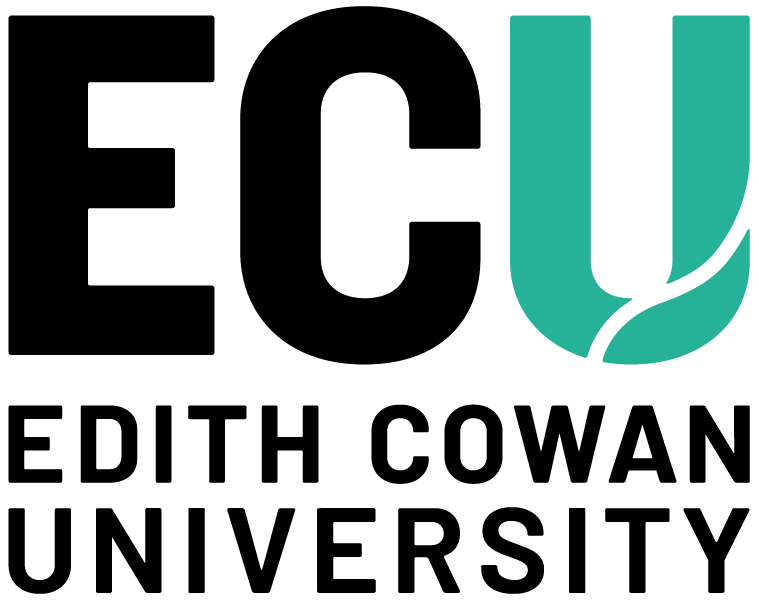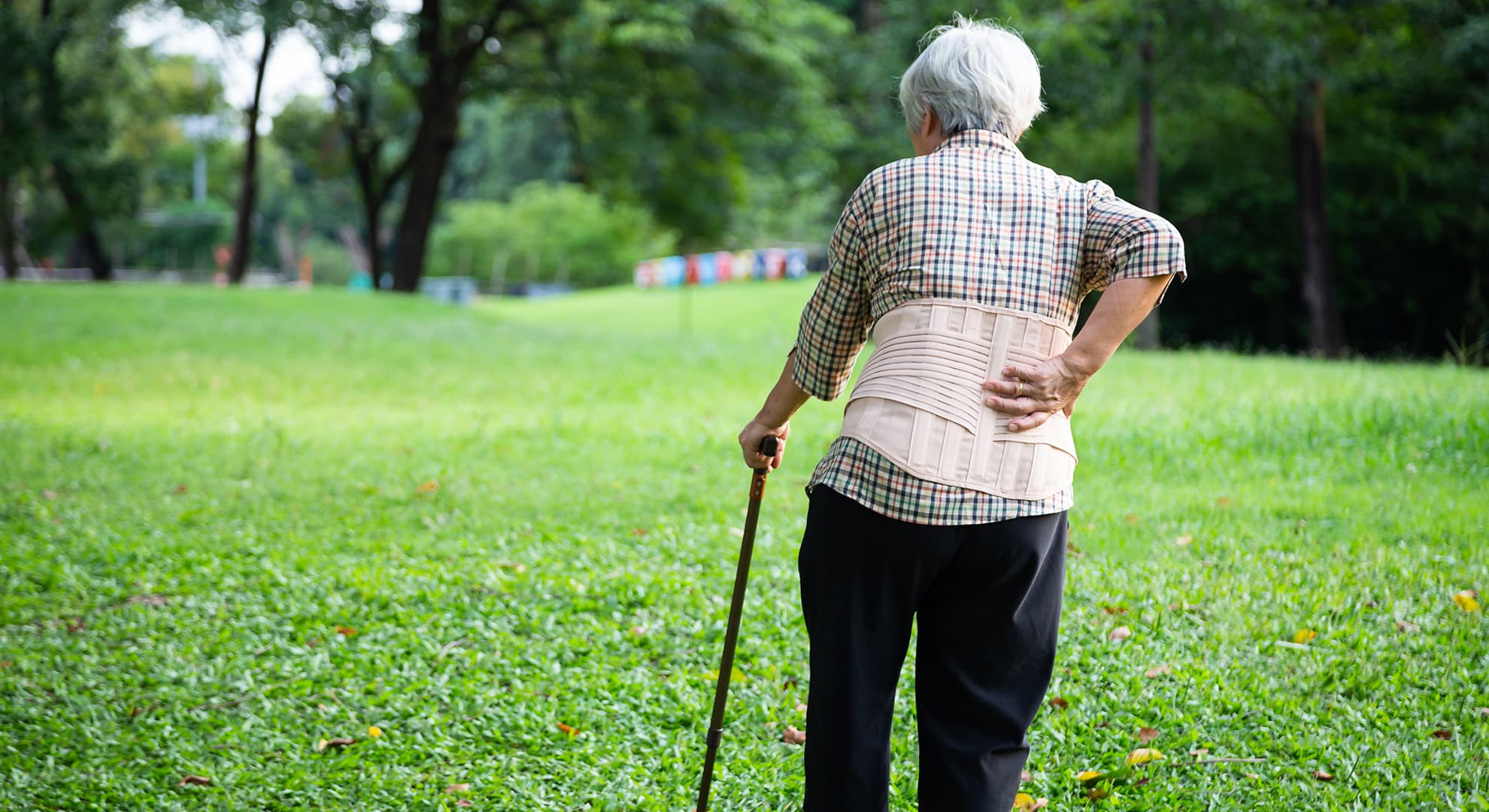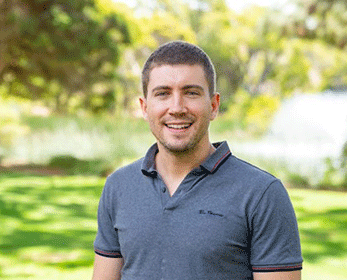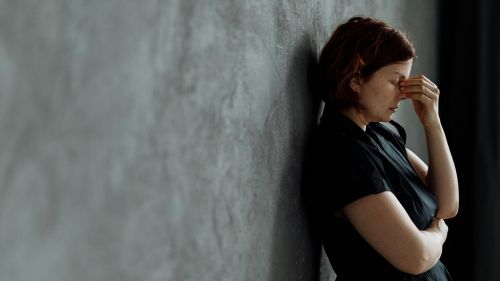Muscle activation in people suffering from hip osteoarthritis might be a case of 'mind over matter', new research from Edith Cowan University (ECU) has shown.
Research undertaken by ECU post-doctoral research fellow Dr Myles Murphy investigated muscle function in people with hip osteoarthritis and found that these patients were unable to activate their muscles as efficiently.
"Previous research has well established that the degree to which a joint degenerates is not directly related to the amount of pain a person with arthritis will experience. In fact, the stronger your muscles are, the more protected your joint is, and the less pain you will experience.
"Our research has shown that people with hip osteoarthritis were unable to activate their muscles as efficiently, irrespective of strength."
As part of this research, Dr Murphy and his team studied the brain function of people with hip arthritis, finding that the mind played an enormous part in this equation.
"Basically, people with hip arthritis are unable to activate their muscles properly because the brain is actively putting on the brake to stop them from using the muscle. We don't know why that is, yet. But the brain seems to really be hampering the progress of rehabilitation and the muscles to protect the joint," Dr Murphy said.
"We suspect that it is a short-term, protective response gone wrong. Unlike a rolled ankle or a hurt knee, chronic pain like osteoarthritis tends to hang around for a long time. Instead of being a protective response in the short term, the brain's protective response becomes a really problematic and maladaptive response in the long term."
Hip osteoarthritis is more prevalent in people over the age of 45, and women are much more like to develop the condition. People who have reported previous joint damage, from a sports injury or accident, are more likely to present with hip osteoarthritis, as are those with joint abnormalities, such as developmental dysplasia of the hip.
People living with hip arthritis often presents with different walking patterns than those without and could struggle with everyday activities like getting out of a chair, or vehicle.
"The impact on their daily lives is the biggest burden of osteoarthritis. The condition also results in substantial time-loss from work, and is associated with a high economic cost," Dr Murphy said.
"The level of disability for normal activity within our study cohort was about 25%, compared to the 0% reported in our healthy control group."
Dr Murphy is currently investigating novel ways in which to overcome this automatic muscle inhibition to effectively rehabilitate patients.
In the meantime, those living with hip osteoarthritis have been urged to continue strength training and to work with a qualified physiotherapist or exercise physiologist.
"You will need to work quite hard to build the strength in those muscles, but it can be done. There is no quick fix. Staying strong is something that people with hip osteoarthritis will need to actively keep working on," he said.

 People with hip osteoarthritis were unable to activate their muscles as efficiently, irrespective of strength.
People with hip osteoarthritis were unable to activate their muscles as efficiently, irrespective of strength.



